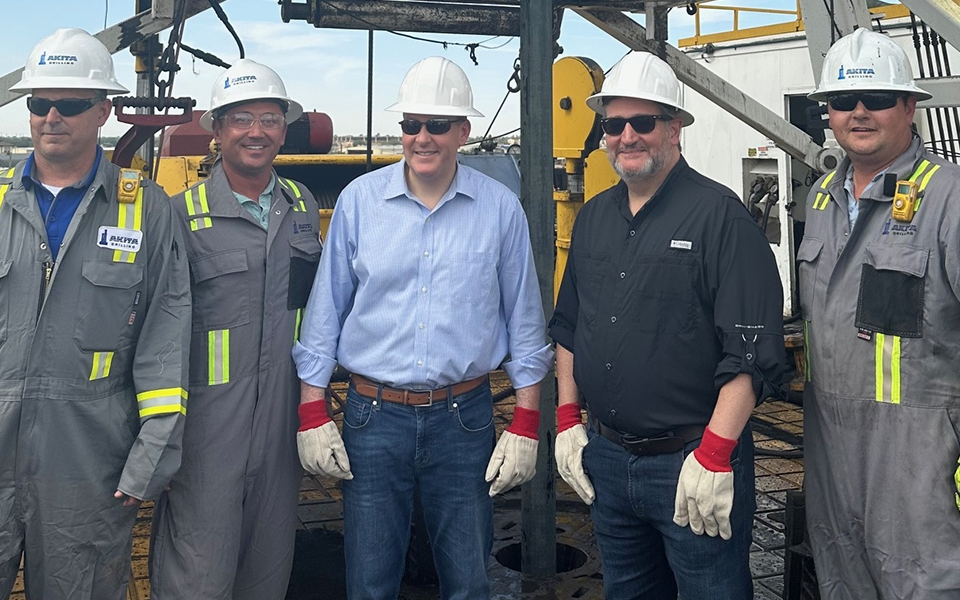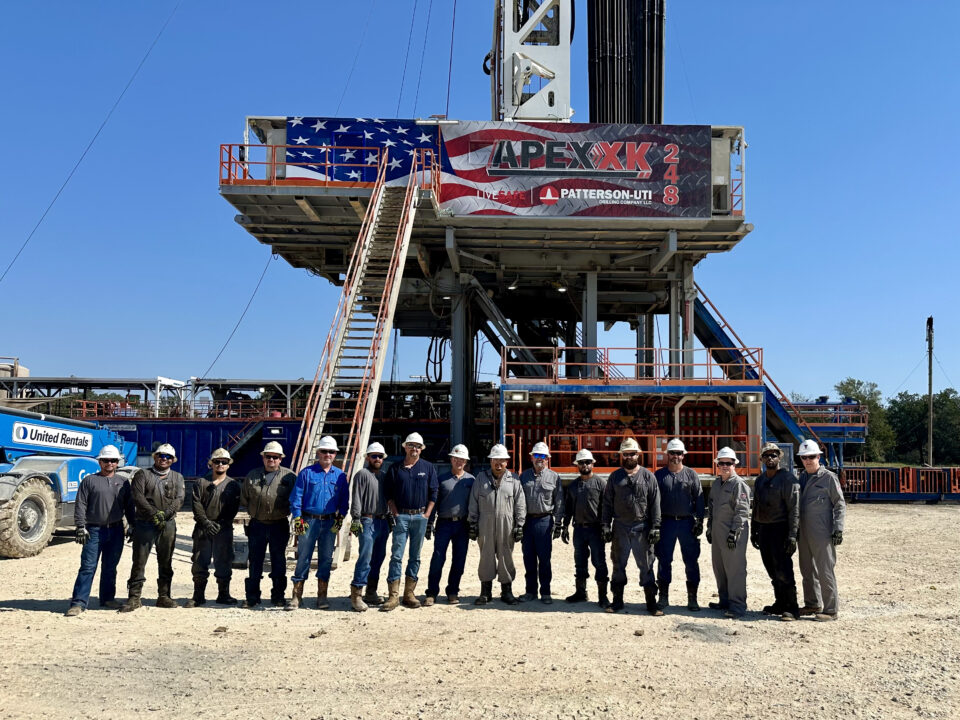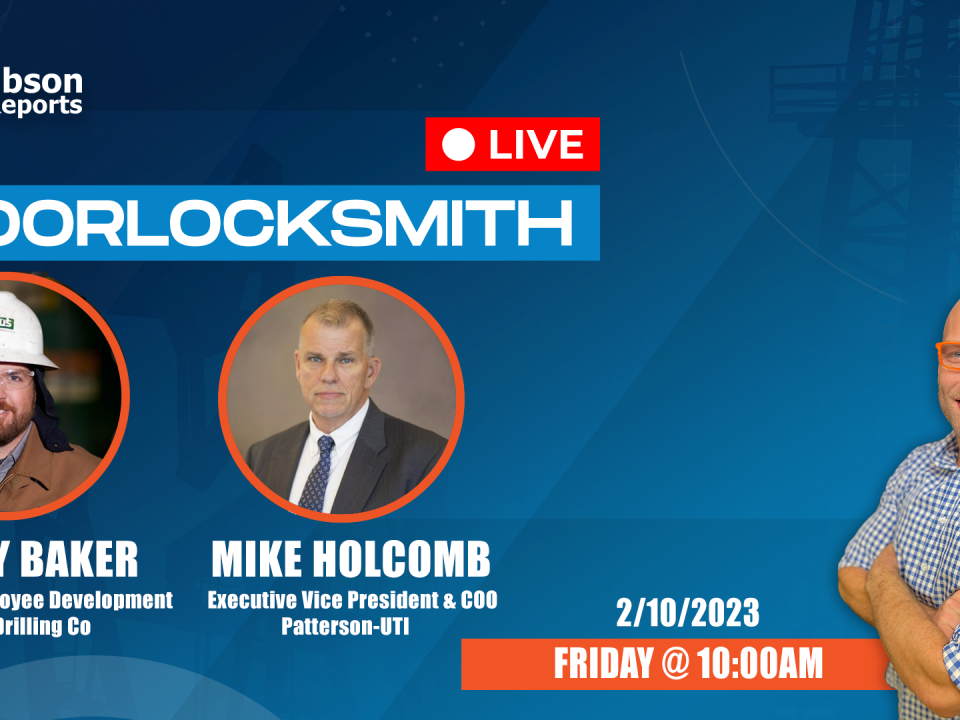Come-A-Longs and Chain Hoist Safety
Come-A-Longs and Chain Hoist Safety
Hand-operated hoists have many applications around a drilling rig. These devices are simple to use but misuse can result in sudden failure, property damage and serious injury. Keep these precautions in mind:
- Inspect the hoist to be sure it is in good condition. Do not use any hoist that appears to have been overloaded. Some things to look for include the following:
- Bent handle
- Stretched hook opening
- Stretched chain links
- Broken ratchet teeth
- Stiff operation
- Know the weight of the load you plan to lift. Never lift a load greater than the capacity of the hoist. Never use two hoists to hoist a load that is heavier than the capacity of either. A shifting load could put the entire load on one hoist. Remember that the rating of the hoist is based on new condition. Age, dirt, wear and improper maintenance will reduce the lifting capacity of the hoist.
- Never put a cheater bar on the operating lever or use more than one person to pull the lever. Hoists are designed to a certain capacity utilizing only one person pulling on the handle. Using a cheater or more than one person to pull on the handle is a sure sign that you are overloading the hoist.
- Before hoisting a load, ensure that the structure that the hoist is attached to is strong enough to support the load you are lifting as well as a possible shock load.
- Never operate a hoist in a manner that causes the load to bend or slide around objects, such as corners or sharp edges. Do not use the hoist chains or cables as a substitute for a sling.
- Use these devices only in locations that will not expose you to a hazard if you lose your grip or slip; the site of use must also permit you to stand clear of the load at all times.
- Keep other helpers away from below the hoisted load.
- Do not allow helpers to place their hands on the load being hoisted or being installed, or the sling or hoisting chain (cable). Use a tag line.
- Check the load to be lifted for proper lifting points. Some equipment has lifting points built in while other items such as electric motors may have eyes in the top of the motor that are used in the manufacturing plant and distributor’s warehouse, but are not designed to be used in the workplace. This is especially true in the oilfield as motors and bolts are subject to corrosion that can weaken the thread connection of the eye bolt. It is best to use a basket type sling making a figure eight around the ends of the motor to pick it up or use a device specially designed to pick up electric motors.
- Apply the load evenly. Do not jerk, bounce or allow the load to swing. Any violent motion or shock loads could easily exceed the capacity of your hoist.
- Lift the load a short distance and check to see if it is coming up level. If not set it back down and adjust the slings.
- Never leave a suspended load unattended and never work or walk under a suspended load or allow anyone else to do so.
- Once the hoisting operation is completed, return the hoist to its proper storage location. Keep it out of the weather and away from high moisture or wet areas.
- Lubricate the hoist as recommended by the manufacturer.
Remember a hoist can make your job much easier, but if misused or treated badly, it can be an accident waiting to happen.






